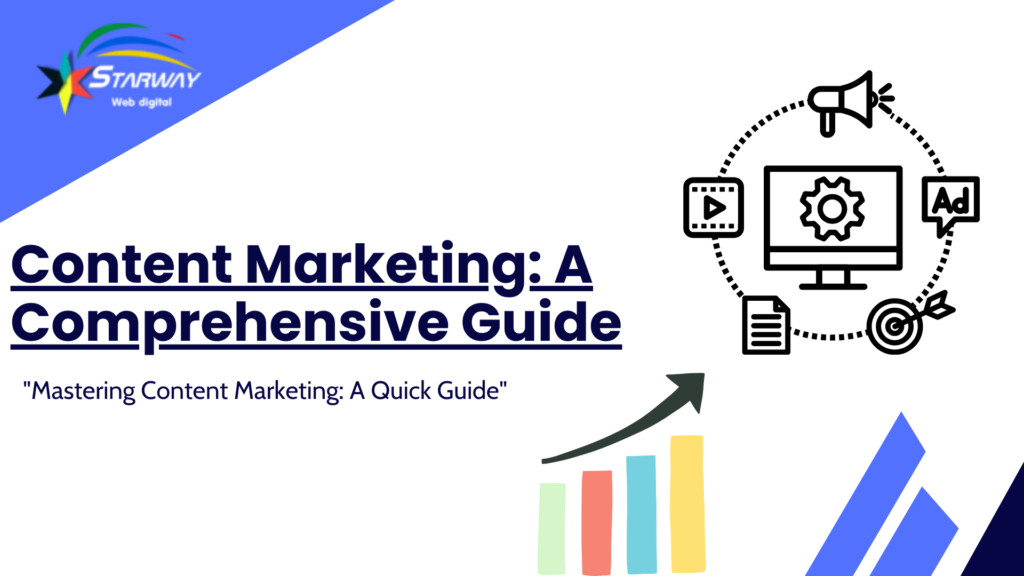Social Media Marketing: Harnessing the Power of Connection
Social media has revolutionized the way businesses connect with their audience, offering unparalleled opportunities for engagement, brand building, and customer acquisition. In this comprehensive guide, we’ll explore the world of social media marketing, from its benefits and strategies to best practices and emerging trends, empowering you to leverage the full potential of these dynamic platforms. Introduction to Social Media Marketing In today’s digital age, social media marketing has become a cornerstone of successful marketing strategies for businesses of all sizes. It involves leveraging social media platforms to connect with audiences, build brand awareness, and drive desired actions such as website visits, lead generation, and sales. As social media usage continues to soar worldwide, harnessing the power of these platforms has become essential for staying competitive in the marketplace. Benefits of Social Media Marketing The benefits of social media marketing are vast and multifaceted, offering businesses numerous advantages in the digital landscape: Increased Brand AwarenessSocial media provides a powerful platform for reaching a broad audience and increasing brand visibility. By regularly engaging with users through content sharing, interactions, and conversations, businesses can expand their reach and attract new followers. Enhanced Brand Loyalty and Customer EngagementSocial media fosters meaningful connections between brands and their audience, leading to increased loyalty and engagement. By providing valuable content, responding to inquiries promptly, and fostering a sense of community, businesses can cultivate deeper relationships with their customers. Lead Generation and SalesSocial media platforms offer effective tools and strategies for generating leads and driving sales. From targeted advertising to organic content promotion, businesses can leverage social media to attract potential customers, nurture relationships, and convert leads into loyal patrons. Improved Customer InsightsSocial media provides valuable insights into consumer behavior, preferences, and sentiments. By monitoring social media conversations, analyzing engagement metrics, and gathering feedback, businesses can gain valuable insights to inform product development, marketing strategies, and customer service initiatives. Types of Social Media Platforms Social media encompasses a diverse range of platforms, each with its own unique features, audience demographics, and content formats. Some popular social media platforms include: FacebookWith over 2.7 billion monthly active users, Facebook remains the largest social media platform globally. It offers robust advertising options, business pages, and community-building features. InstagramInstagram is a visually-focused platform known for its photo and video sharing capabilities. It is particularly popular among younger demographics and offers various features such as Stories, Reels, and IGTV. TwitterTwitter is a microblogging platform that allows users to share short, concise messages known as tweets. It is widely used for real-time updates, news dissemination, and engagement with influencers and brands. LinkedInLinkedIn is a professional networking platform geared towards business professionals and organizations. It offers features such as company pages, job postings, and industry-specific groups. YouTubeYouTube is the leading video-sharing platform, with billions of users consuming video content daily. It offers opportunities for businesses to share tutorials, product demonstrations, and branded content. TikTokTikTok is a short-form video platform known for its viral trends and creative content. It has quickly risen in popularity, particularly among younger audiences, and offers opportunities for brands to showcase their personality and creativity. Creating a Social Media Strategy Developing a successful social media strategy requires careful planning, execution, and ongoing optimization. Here are key steps to create an effective social media strategy: Define Goals and ObjectivesStart by defining clear and measurable goals for your social media efforts. Whether it’s increasing brand awareness, driving website traffic, or boosting sales, align your objectives with your overall business goals. Identify Target AudienceUnderstand your target audience’s demographics, interests, and pain points to tailor your content and messaging effectively. Use audience insights and market research to create buyer personas and segment your audience accordingly. Content Creation and Posting ScheduleDevelop a content calendar outlining the types of content to be created, posting frequency, and timing. Create a mix of content formats, including images, videos, articles, and user-generated content, to keep your audience engaged. Engagement and Community ManagementRegularly monitor social media channels for mentions, comments, and messages from your audience. Respond promptly to inquiries, address feedback, and engage with users to foster a sense of community and build brand loyalty. Measurement and AnalysisTrack key performance indicators (KPIs) such as engagement metrics, reach, and conversion rates to evaluate the effectiveness of your social media efforts. Use analytics tools to gather insights and adjust your strategy accordingly. Conclusion In conclusion, social media marketing offers unparalleled opportunities for businesses to connect with their audience, build brand awareness, and drive desired actions. By developing a well-defined strategy, creating compelling content, and leveraging the latest tools and trends, businesses can harness the power of social media to achieve their marketing objectives and drive sustainable growth in the digital age. FAQs (Frequently Asked Questions)
Social Media Marketing: Harnessing the Power of Connection Read More »



